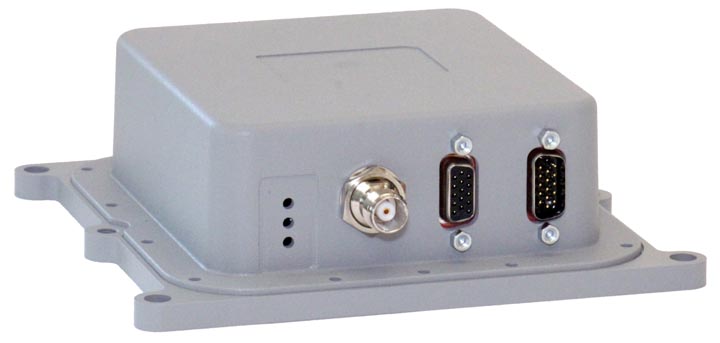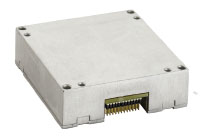 SPAN Land Vehicle. Photo source: Novatel.
SPAN Land Vehicle. Photo source: Novatel. At this week’s AUVSI XPONENTIAL 2017 in Dallas, Texas, NovAtel introduced its new SPAN Land Vehicle technology for fixed wheel land vehicle applications. SPAN Land Vehicle is designed to optimize integrated GNSS + INS performance for land vehicles during periods of extended GNSS outage, in low dynamic operating environments, or in dense urban canyons. It ensures that accurate position, velocity and attitude is maintained during such difficult operating environments.
At this week’s AUVSI XPONENTIAL 2017 in Dallas, Texas, NovAtel introduced its new SPAN Land Vehicle technology for fixed wheel land vehicle applications. SPAN Land Vehicle is designed to optimize integrated GNSS + INS performance for land vehicles during periods of extended GNSS outage, in low dynamic operating environments, or in dense urban canyons. It ensures that accurate position, velocity and attitude is maintained during such difficult operating environments.
NovAtel uses intelligent vehicle dynamics modelling and its patented Antenna Phase Windup technology to achieve optimal performance of SPAN Land Vehicle. The intelligent vehicle modelling identifies Inertial Measurement Unit (IMU) errors in the integrated GNSS + INS system that accumulate after extended GNSS outages, and reduces the impact of those errors within the SPAN solution, according to the company. NovAtel’s Antenna Phase Windup technology is used to sense changes in direction, and when combined with intelligent vehicle modelling, corrects for IMU errors in attitude (roll, pitch, yaw).
SPAN Land Vehicle performance can be enhanced even further by adding an external sensor such as a Distance Measurement Instrument (DMI), dual antennas or any other external position, velocity or attitude input. It is available on NovAtel’s entire line of SPAN supported IMUs.
SPAN (Synchronous Position, Attitude and Navigation) technology brings together two complementary technologies: GNSS positioning and inertial navigation. The absolute accuracy of GNSS positioning and the stability of Inertial Measurement Unit (IMU) gyro and accelerometer measurements, combine to provide an exceptional 3D navigation solution delivering full attitude and orientation.





